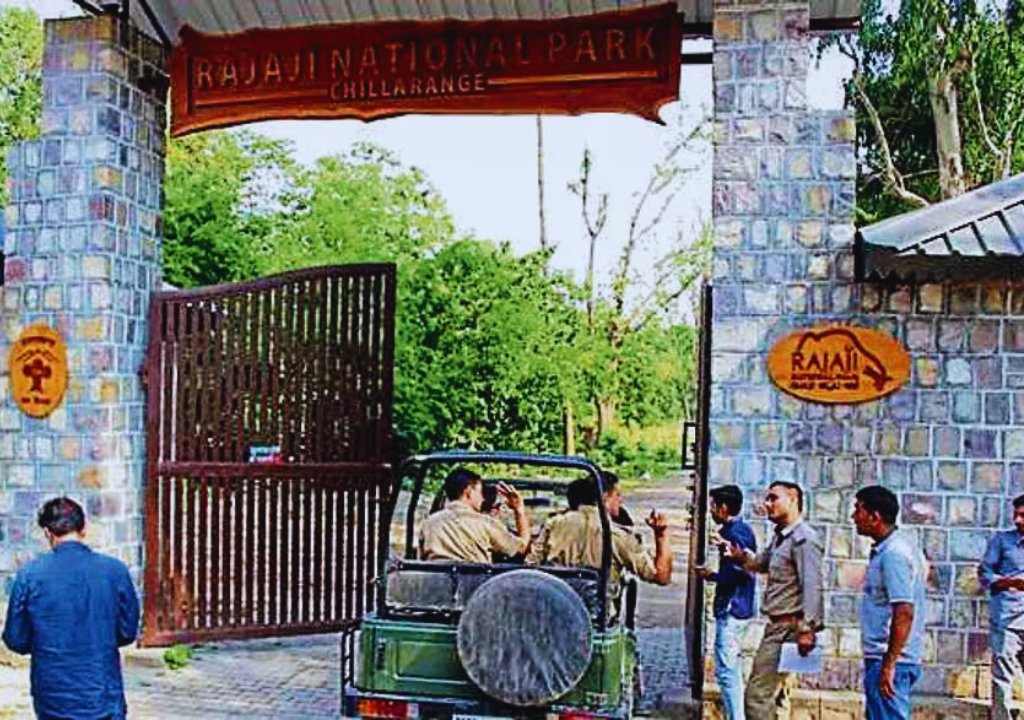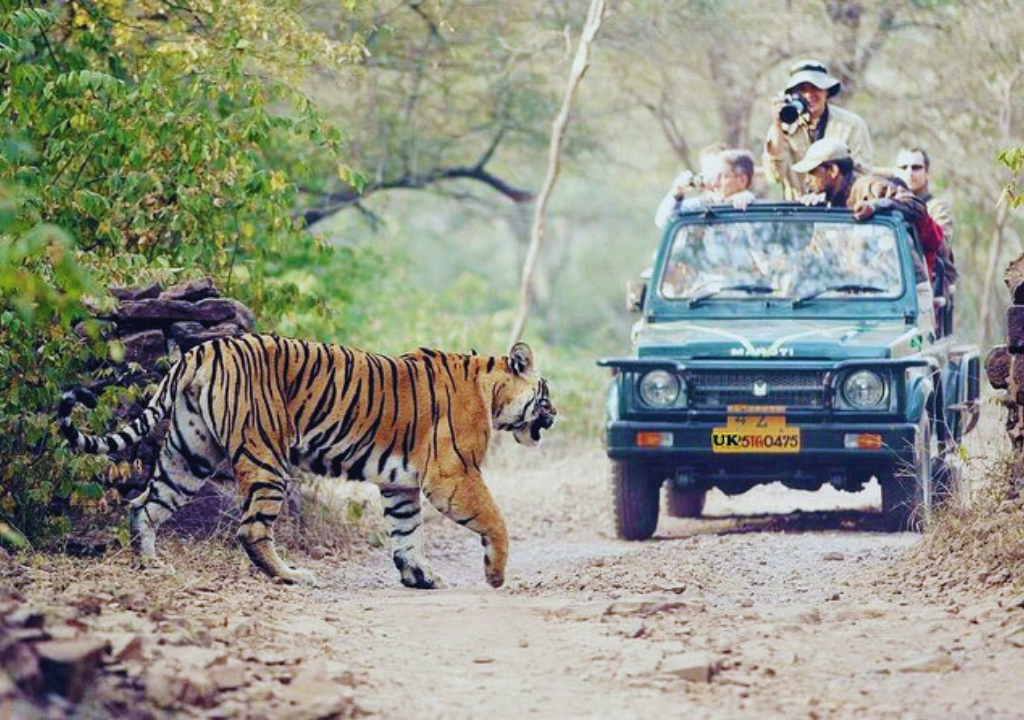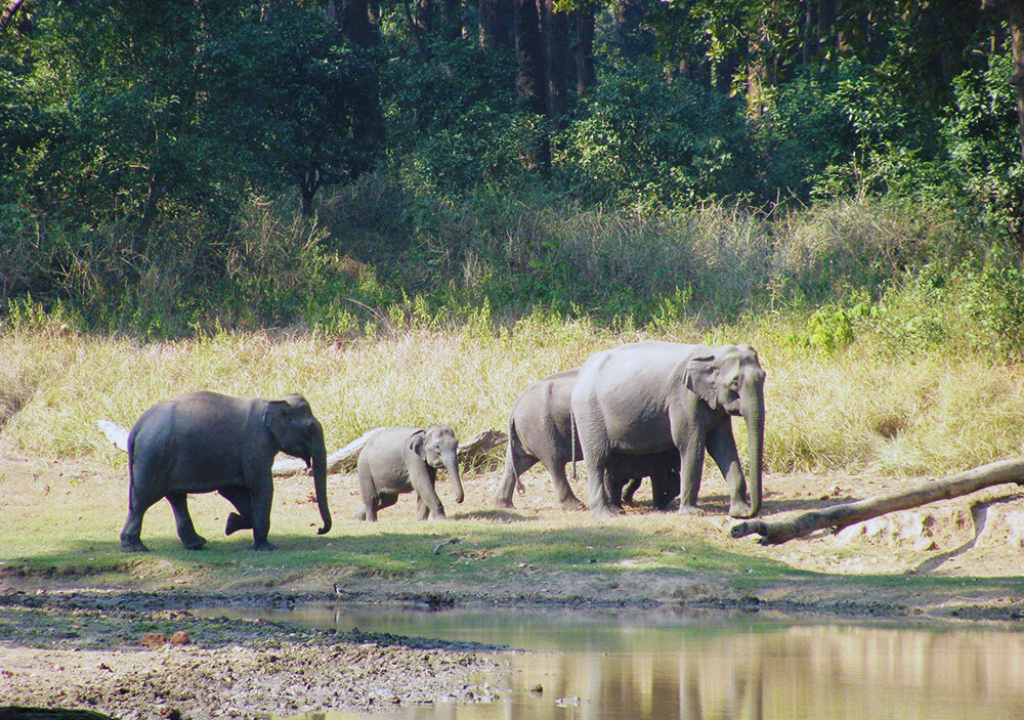“Safeguarding Nature’s Home 🌿🦌 Exploring Habitat Protection in Rajaji National Park. Discover conservation efforts and their impact.”
Rajaji National Park, nestled in the breathtaking landscapes of Uttarakhand, is more than just a haven for wildlife enthusiasts – it’s a testament to the value of habitat protection in sustaining our natural world. In a world where human activity increasingly encroaches upon nature’s domains, the preservation of habitats becomes a vital mission to safeguard biodiversity and ensure the health of our planet.
Ecosystem Diversity in Rajaji National Park

As you step into the embrace of Rajaji National Park, you’re greeted by a symphony of ecosystems, each a cradle for diverse flora and fauna. From the lush deciduous forests teeming with life to the expansive grasslands where rare species roam, the park’s habitats are a tapestry of life waiting to be explored.
Significance of Habitat Protection
The fabric of an ecosystem is woven from its habitats, where every niche serves a purpose. Habitats provide food, shelter, and breeding grounds for countless species, creating a delicate balance that sustains life. By protecting these habitats, we ensure that the intricate web of interactions remains intact, preventing the unraveling of this intricate tapestry.
Threats to Habitats
While nature’s beauty flourishes within Rajaji National Park, it’s not immune to the challenges that habitat destruction brings. Human activities, including logging, agriculture, and infrastructure development, pose threats that could disrupt delicate habitats. Deforestation, in particular, can fragment ecosystems, affecting wildlife movement and genetic diversity.
Conservation Initiatives and Policies

To shield these invaluable habitats, stringent measures have been set in motion. The park authorities, in collaboration with conservation organizations, have instituted policies to regulate human activities and mitigate habitat degradation. These initiatives strive to strike a balance between human needs and the preservation of the park’s natural treasures.
Wildlife Corridors and Connectivity
One of the cornerstones of effective habitat protection lies in the creation of wildlife corridors – pathways that link fragmented habitats. These vital lifelines enable species to move freely, ensuring genetic diversity, aiding migration, and supporting overall ecosystem health. Rajaji National Park has recognized the importance of these corridors in sustaining its biodiversity.
Role of Indigenous Communities
The guardianship of these habitats extends beyond official boundaries. Indigenous communities, deeply intertwined with the land, play a vital role in habitat protection. Their traditional knowledge and sustainable practices contribute to the coexistence of human life and wildlife, fostering a harmonious relationship that nurtures habitats for generations to come.
Success Stories in Habitat Conservation
Amidst the challenges, success stories emerge as beacons of hope. Restoration efforts in degraded areas have led to the rejuvenation of habitats, welcoming back species that had retreated. Reintroduction programs for endangered species underscore the resilience of habitats when given the chance to recover.
Challenges and Future Directions

While strides have been made, challenges persist. Balancing the needs of growing communities with habitat protection remains a delicate task. Sustainable development practices, guided by conservation principles, hold the key to harmonizing progress with habitat preservation.
Visitor Education and Awareness
An informed visitor is a powerful ally in habitat protection. By raising awareness about the importance of respecting park regulations and minimizing impact, we ensure that future generations can also revel in the wonders of Rajaji’s habitats.
Collaborative Conservation Efforts
The orchestration of habitat protection requires a symphony of collaboration. Governmental bodies, non-governmental organizations, local communities, and concerned citizens unite their efforts to create a harmonious melody of conservation. Together, they form a formidable force against habitat degradation.
Research and Monitoring
The scientific backbone of habitat protection lies in research and monitoring. Scientists and researchers meticulously study these habitats, understanding their intricacies and tracking changes. This knowledge empowers conservation decisions and fuels the engine of effective protection.
Balancing Conservation and Development

The path of habitat protection weaves through the delicate terrain of balancing conservation with development. Sustainable practices, eco-friendly infrastructure, and community involvement offer a roadmap to navigate this intricate journey.
Case Study: Tigers and Their Habitat
The majestic tigers that prowl within Rajaji National Park epitomize the symbiotic relationship between species and their habitats. Ensuring the tiger’s survival necessitates the protection of its habitat – a vast expanse that sustains not only the tiger but countless other species that call it home.
Conclusion
In the heart of Rajaji National Park, habitat protection transcends a mere obligation; it becomes a legacy of responsible stewardship. As the sun sets over its diverse landscapes, it casts a golden glow on a promise – a promise to safeguard these habitats so that they may continue to cradle life, whisper stories, and inspire awe for generations to come.
FAQs (Frequently Asked Questions)
Are visitors allowed to enter all habitats within Rajaji National Park?
While visitors can access designated areas, some habitats may have restrictions to minimize disturbance to wildlife.
Do habitat protection efforts include restoring degraded areas?
Yes, habitat restoration is a crucial aspect of protection, aiming to rejuvenate degraded habitats and support biodiversity.
How can I contribute to habitat protection in Rajaji National Park?
Supporting conservation organizations, adhering to park guidelines, and raising awareness all play a vital role.
Are there specific habitats that are more vulnerable and need urgent protection?
Habitats near human settlements or facing increased human activity may require immediate attention to prevent degradation.
What role do wildlife corridors play in habitat protection?
Wildlife corridors enhance habitat connectivity, allowing species to move freely and maintain genetic diversity, ensuring long-term viability.

